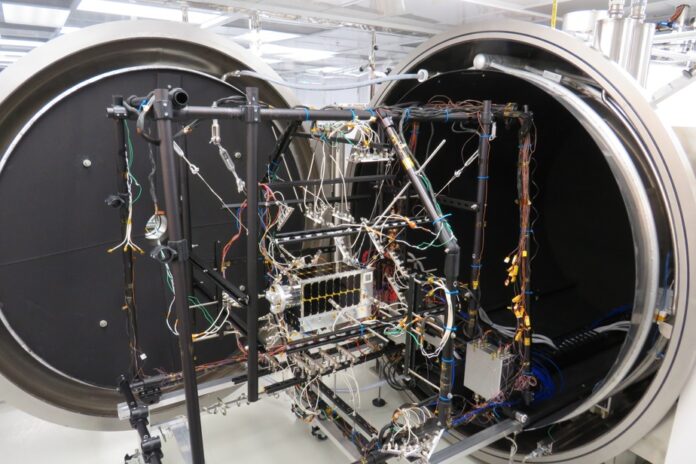In the process of preparing the deployment of new satellites, the Montreal specialist in greenhouse gas data GHGSat is collecting 60 million (44 million US) to consolidate its growth and accelerate the marketing of its solutions.
This third funding round, to be announced on Thursday, brings the money raised since its founding in 2011 to 170 million (126 million US dollars).
“We have the wind in our sails, unfortunately because of climate change,” summarizes the president and CEO of GHGSat, Stéphane Germain, during a telephone interview. We are being asked more and more because people want to understand what needs to be done to reduce GHG emissions. »
The company’s orbiting satellites allow a multitude of companies, such as oil companies, landfill managers and mining companies, to quickly find out if there are “emissions leaks” in order to plug them as quickly as possible.
“We can locate the leak and identify the faulty equipment,” emphasizes Mr. Germain. The site operator does not start from far away and can act more quickly to plug the leak and reduce emissions. »
Last year, the satellites of the Quebec company made it possible, in particular, to detect more methane emissions, in particular the largest leak of the year, observed at the Raspadskaya coal mine, in Russia.
These are well-known investors who support GHGSat financially. The Fonds de solidarité FTQ, the Business Development Bank of Canada, Investissement Québec – the financial arm of the Québec state –, Climate Investment and the Japan Energy Fund are participating in the financing round by injecting capital, while the Bank of Montreal is playing the role of lender.
“We have a larger goal in terms of funding, but we want to take it gradually,” says Germain, who prefers not to venture on his company’s target.
GHGSat currently has eight commercially deployed satellites. Three more should increase the footprint of this constellation by Christmas. Four launches are also planned next year, which will increase the number of satellites in orbit to 16.
“Each satellite can cover the entire Earth,” recalls the company’s CEO.
Alongside satellites, GHGSat says it is banking on new GHG detection solutions. We will have to wait before getting an idea of these new initiatives. Asked about the issue, Mr. Germain said more details would be revealed in the “coming months.”
Over the past two years, GHGSat claims to have “mitigated” emissions equivalent to 5.6 million tonnes of carbon dioxide from industrial complexes around the world. That’s 1.2 million passenger vehicles in use for a year, according to the company.















